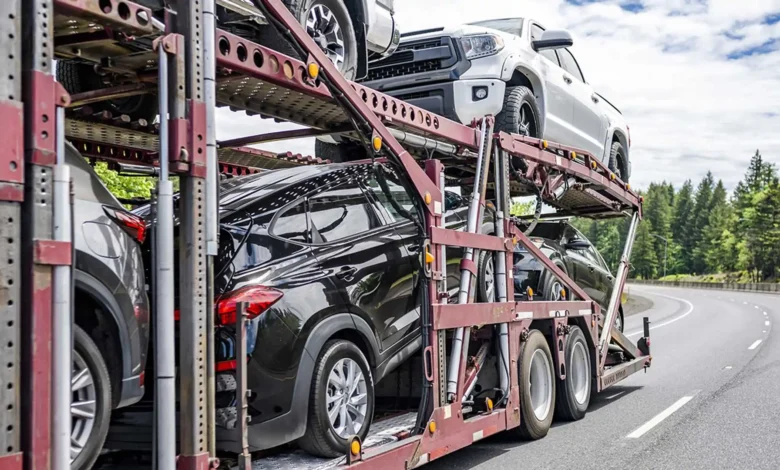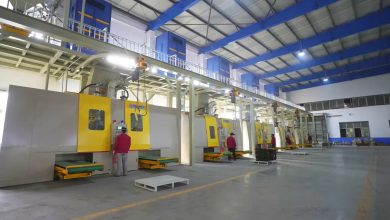Open Vs. Enclosed Carrier: What to Know

The decision to go with an open or enclosed auto transport carrier is largely one of preference. Both options are safe and efficient. Therefore, before you choose the auto transport mode you need for your car, here are a few things you need to know.
What Is an Open Carrier?
As the name suggests, an open auto carrier uses an open trailer to transport the vehicles. These trailers range from 75 to 80 feet long and have two tow levels for carrying the cars. The top level is longer than the bottom level. Other trailers have one level, especially those designed to transport luxury cars or travel short distances. These trailers have no roof or coverage on the side, so the entire vehicle is exposed to the air.
Advantages of Open Carrier
- The best part about open transport is that it is ideal for any vehicle because the trailers come in various sizes.
- The open carrier offers an ideal option if you seek an affordable method for transporting your vehicle.
- Open auto transport carrier is considered the industry’s standard, so you can easily find one to transport your vehicle. Such a factor makes the method flexible.
- The open carrier is an efficient method because it saves money and time. The trailers can carry between seven to ten vehicles at a time, saving the cost of transporting one car at a time.
- The driver for open carrier trailers can inspect the vehicles at any time to ensure they are in good condition.
Disadvantages of Open Carrier
- As mentioned above, the trailers have no roof or coverage on the side, exposing your vehicle to dust and debris from the road, which might damage your car.
- Your car is also likely to get dirt during transportation.
What Is A Closed Carrier?
As the name suggests, this transportation method involves closed trailers. The trailers have a roof, and all four sides are covered. These trailers come in a similar size to that of open carriers. However, they only fit a few vehicles due to the restrictions of the enclosing walls. Most closed trailers can transport up to seven or eight vehicles. Other closed trailer designs transport one or two cars at a time. Such trailers mainly transport rare or costly vehicles. These trailers come in two types: soft-sided and hard-sided. The hard-sided trucks have solid walls, while the soft-sided ones have canvases pulled on all the sides.
Advantages of Closed Carriers
- The main benefit of closed carriers is the protection of vehicles against the risk of damage from bad weather and other road hazards.
- The enclosed tracks have drip pans that prevent transmission fluids from the upper deck from reaching the bottom rack.
- The loading process in enclosed carriers is ideal for vehicles with low clearance. The hydraulic ramps lower to the ground, allowing horizontal loading that minimizes vehicle damage.
- Most drivers for enclosed auto transport carriers transport expensive and rare vehicles. Such an experience enables them to offer extra care to all the cars they transport.
- Most of the enclosed auto transport companies offer extra protection for your car. The white glove option comprises protection that focuses on insurance, special care, updates, and single-car trailer guarantees.
Disadvantages of Closed Auto Transport Carriers
- Closed carriers are costlier than open carriers due to the extra protection offered to your car.
- Closed carriers are few, making it challenging to schedule transport anytime.
The two types of transport offer reliable services. Hence, one should consider their preferences when choosing the ideal option. For instance, budget, safety, and location act as key determinants.




